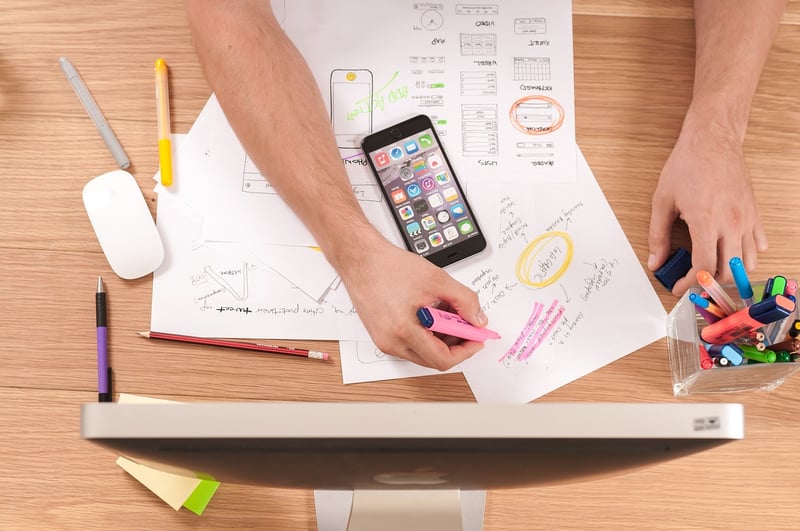Iterative Design
Creating Successful Products through Iterative Design
When it comes to developing products that resonate with users, iterative design is a crucial process that can lead to success. By continuously refining and improving a product through multiple cycles of testing and feedback, companies can create products that meet user needs effectively. Let's delve into how iterative design plays a key role in the creation of successful products.
Understanding Iterative Design
Iterative design is a methodology that involves making small, incremental changes to a product based on user feedback and testing. Instead of waiting until a product is fully developed to gather feedback, iterative design encourages a continuous feedback loop throughout the development process. This approach allows for early identification of issues and enables teams to make necessary adjustments swiftly.
The Benefits of Iterative Design
There are several key benefits to incorporating iterative design into the product development process:
- Improved User Experience: By involving users early and often in the design process, iterative design helps create products that are intuitive and user-friendly.
- Reduced Development Costs: Addressing issues early in the development cycle can save time and resources by avoiding costly rework later on.
- Faster Time to Market: Iterative design allows for quicker iterations and adjustments, leading to a faster time to market for the final product.
- Increased Innovation: Continuous feedback fosters innovation and allows teams to explore new ideas and features based on user input.
Implementing Iterative Design
Here are some key steps to implement iterative design effectively:
- Define Goals: Clearly outline the objectives and goals of the product to guide the design process.
- Create Prototypes: Develop prototypes or mockups to gather initial feedback from users.
- Test and Gather Feedback: Conduct usability tests and gather feedback from real users to identify areas for improvement.
- Iterate and Refine: Make iterative changes based on user feedback, continuously improving the product.
- Repeat: Continue the cycle of testing, feedback, and refinement until the product meets user needs and expectations.
Conclusion
Iterative design is a powerful approach that can significantly enhance the success of product development efforts. By incorporating user feedback early and iterating on designs continuously, companies can create products that truly resonate with their target audience. Embracing iterative design not only leads to better products but also fosters a culture of innovation and user-centric design.

